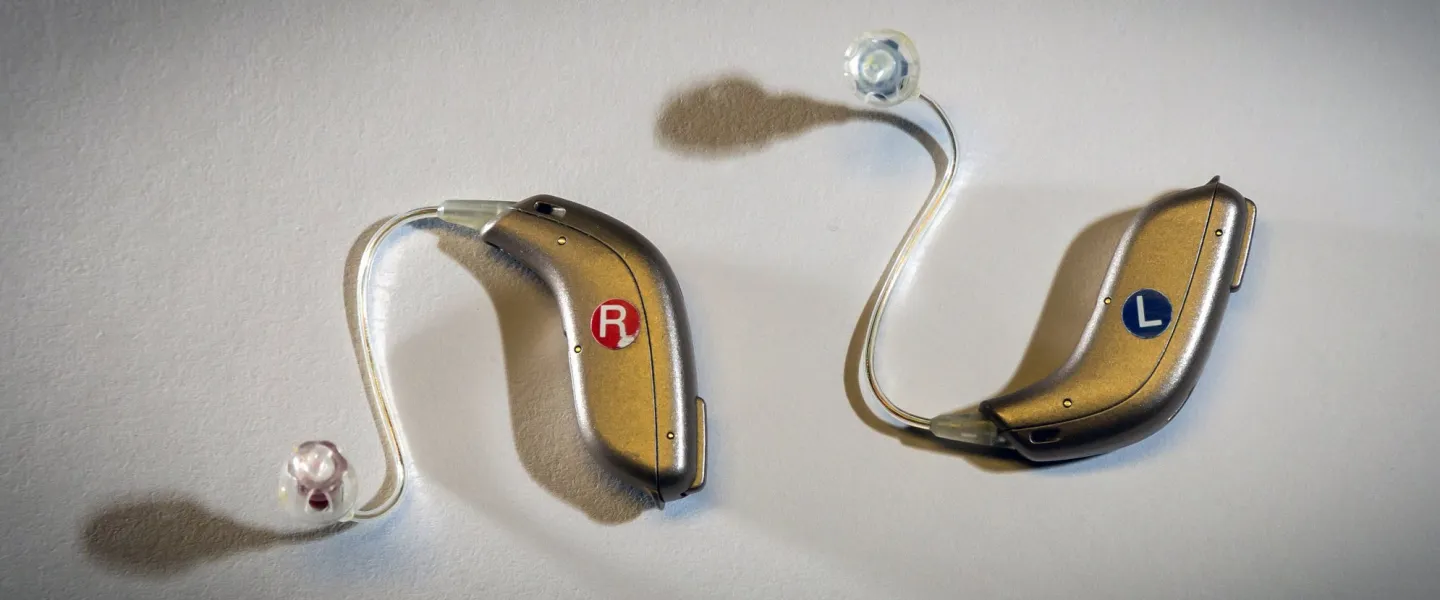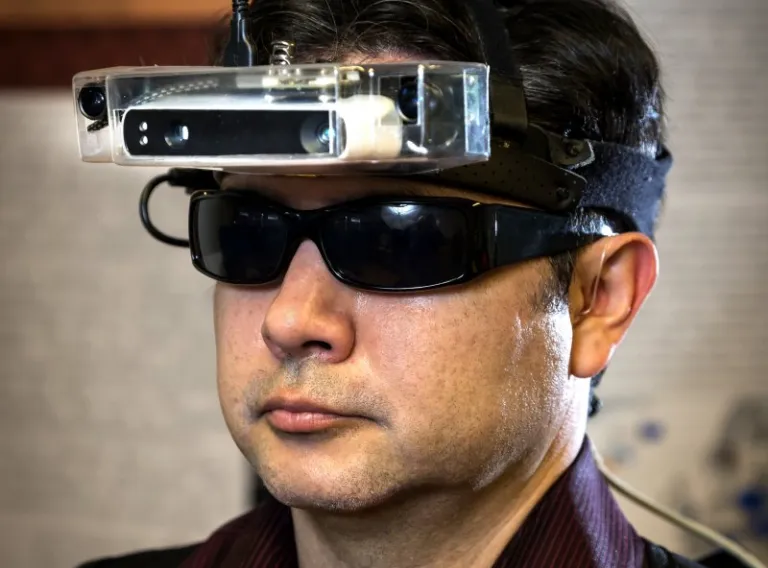
The European research project Sound of Vision which aims to facilitate blind and visually impaired people to sense their environment, has been nominated for the Innovation Radar Prize 2018. The project is led by research scientists at the University of Iceland. The general public is invited to vote for the best project on-line until 12 November.
The project, Sound of Vision, has been ongoing for three years and was awarded close to €4 million from Horizon 2020; the biggest EU Research and Innovation programme, in 2015. The project manager is Rúnar Unnþórsson, professor at the University of Iceland's Faculty of Industrial Engineering, Mechanical Engineering and Computer Science. His partners are Árni Kristjánsson, professor at the Faculty of Psychology, a group of postdoctoral fellows, doctoral students, and research scientists within the University, Icelandic National Institute For The Blind, Visually Impaired and Deafblind (NIB), as well as engineers from universities and institutes in four other European countries, Romania, Italy, Poland, and Hungary.
The group has developed state of the art technologies to develop a wearable system allowing the visually impaired to perceive the environment and move independently, in indoor and outdoor areas, without predefined sensors. The equipment that has been developed includes a sensory belt that is placed around the user's waist perceiving information from the environment, and the user receives this information via audio models inspired by natural phenomena like liquid sounds and image-like haptic projections. The sensory belt can, furthermore, prove useful to those who are temporarily deprived of their usual senses. This may apply to employees in various situations such as smoke diving or surveillance in great noise. The Sound of Vision project was also second runner up in the University of Iceland's innovation prize last year:
This equipment has been developed in close collaboration with blind and visually impaired people in Iceland and the plan is to launch a start-up company based on this idea next year in order to get the device into general use. It is possible to see how the equipment works in a video produced by the research team.
